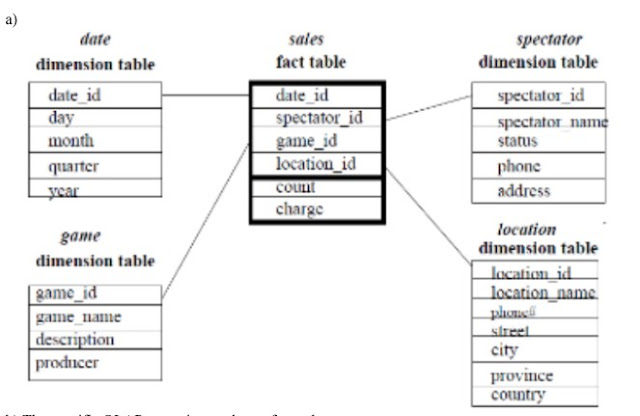Short note or explanation of Digital Signature.
DIGITAL SIGNATURES
- It is a type of asymmetric cryptography used to simulate the security properties of a signature in digital, rather than written, form.
- It is an electronic signature that can be used to authenticate the identity of the sender of a message or the signer of a document, and possibly to ensure that the original content of the message or document that has been sent is unchanged.
- Digital signature schemes normally give two algorithms, one for signing which involves the user's secret or private key, and one for verifying signatures which involves the user's public key. The output of the signature process is called the "digital signature.“
- Digital signatures are easily transportable, cannot be imitated by someone else, and can be automatically time-stamped.
- The ability to ensure that the original signed message arrived means that the sender cannot easily repudiate it later.
DS PROCESSES
The use of digital signatures usually involves two processes, one performed by the signer and the other by the receiver of the digital signature:
1. Digital signature creation uses a hash result derived from and unique to both the signed message and a given private key. For the hash result to be secure, there must be only a negligible possibility that the same digital signature could be created by the combination of any other message or private key.
2. Digital signature verification is the process of checking the digital signature by reference to the original message and a given public key, thereby determining whether the digital signature was created for that same message using the private key that corresponds to the referenced public key.
DIGITAL SIGNATURE CREATION
- One possible method for creating a digital signature is for the originator of data to create the signature by encrypting all of the data with the originator's private key and enclosing the signature with the original data.
- Anyone with the originator's public key can decrypt the signature and compare the decrypted message to the original message.
- Because only someone with the private key can create the signature, the integrity of the message is verified when the decrypted message matches the original.
- If an intruder alters the original message during transit, the intruder cannot also create a new valid signature.
- If an intruder alters the signature during transit, the signature does not verify properly and is invalid.
- However, encrypting all data to provide a digital signature is impractical for the following two reasons:
b)Public key encryption is slow and places heavy computational loads on computer processors.
- The most common types of digital signatures today are created by signing message digests with the originator's private key to create a digital thumbprint of the message.
- Because only the message digest is signed, the signature is usually much shorter than the data that was signed.
- Therefore, digital signatures place a relatively low load on computer processors during the signing process, consume insignificant amounts of bandwidth.
- Two of the most widely used digital signature algorithms today are the RSA digital signature process and the Digital Signature Algorithm (DSA).
DIGITAL SIGNATURE VERIFICATION
- To verify the contents of digitally signed data, the recipient generates a new message digest from the data that was received, decrypts the original message digest with the originator's public key, and compares the decrypted digest with the newly generated digest.
- If the two digests match, the integrity of the message is verified.
- The identification of the originator also is confirmed because the public key can decrypt only data that has been encrypted with the corresponding private key.
- An encrypted message digest is called a digital signature.
- A purchase order accompanied by the digital signature provides the merchant positive identification of the sender and assures the merchant that the message was not altered.
- Used together, public-key encryption, message digests, and digital signatures provide quality security for Internet transactions.






Comments
Post a Comment